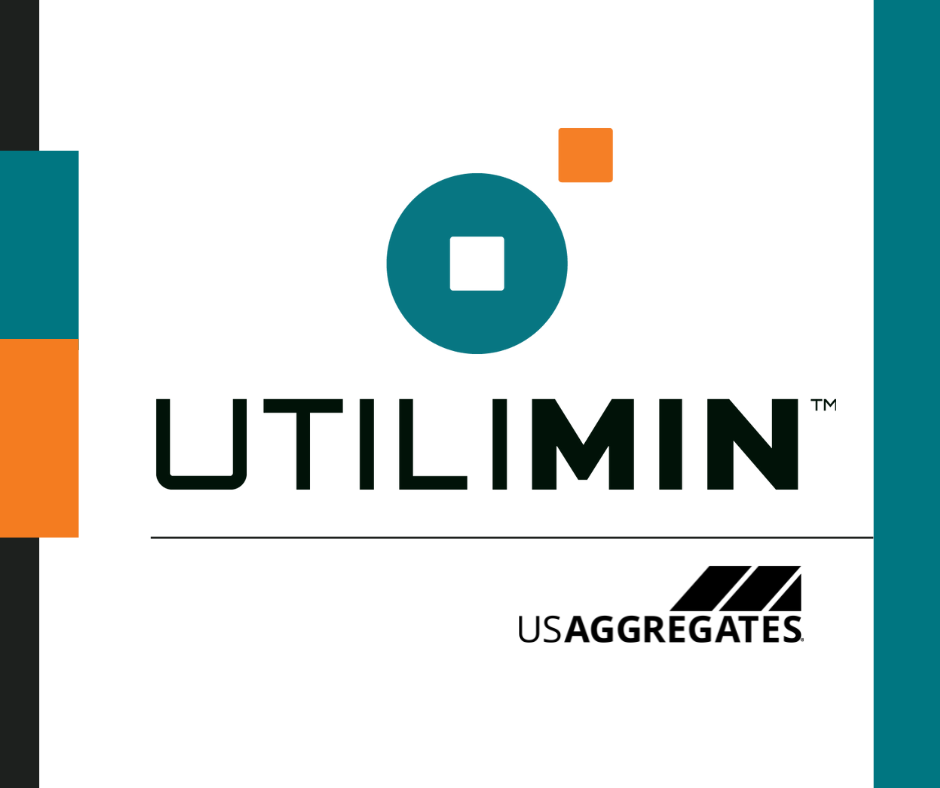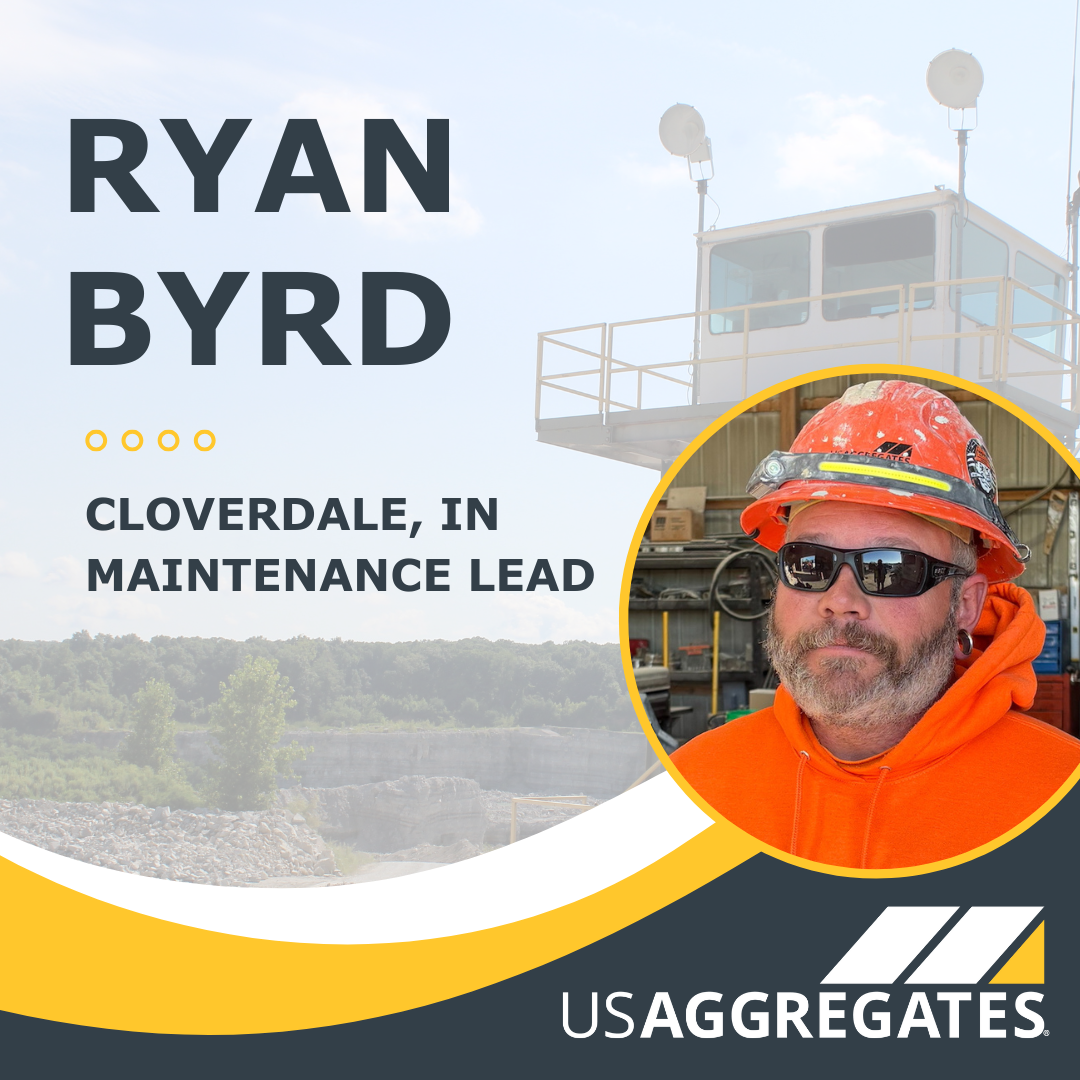
The once famous 1850s-era Wabash & Erie Canal in Delphi, Indiana, had become a dry ditch by 1993 when US Aggregates acquired the limestone quarry near the canal. US Aggregates saw an opportunity to help restore the historic canal. They began collaborating with the Wabash & Erie Canal Association to recover a three-mile section of the canal. Realizing that the most critical component of the canal was the water, US Aggregates modified an approved outfall to discharge three million gallons of clean water directly into the Wabash River so that water could first pass through the canal. The diversion funnels the water through the canal’s north end, which then flows into the river.
Watering the canal was just the beginning of the transformation. The Wabash-Erie Canal Park, the world-class Canal Interpretive Center and Museum, canal boat rides on The Delphi, trails and canal walk are thriving today and have all benefitted from this partnership. The site is used not only for recreation but preservation and education purposes.
Most recently, US Aggregates upgraded the canal pipe system so that we can continue supporting the community and providing water for many years to come, as well as donated 5 tons of stone to make the entry to the park smoother.
History of the Wabash- Erie Canal
The authorities of Indiana had a vision of creating a network of canals that would span the entire state after the success of the Erie Canal from New York to Buffalo. Before and after Indiana received statehood in 1816, several initiatives were undertaken, but none were successful due to a lack of funding. The first Hoosier lottery was held in 1819 to obtain the money needed to build a canal around the Falls of Ohio but only won $2,536. This amount fell well short of the sum required to start construction. Finally, Indiana entered the Canal Period because of the Internal Improvements Act of 1836, which allocated a time-sensitive 6 million dollars for canal construction and other improvements.
On February 22, 1832, The Wabash-Erie Canal was inaugurated, the anniversary of George Washington’s birth, in Fort Wayne, Indiana. Once finished, it connected Evansville, Indiana, and Toledo, Ohio (Manhattan). The connection between Toledo, Ohio, on Lake Erie, and Lafayette, Indiana, the hub of steamboat navigation on the Wabash, was officially opened on July 4, 1843. Longer than the southern stretch, the Toledo to Lafayette segment was in operation.
Learn more at www.wabashanderiecanal.org.




